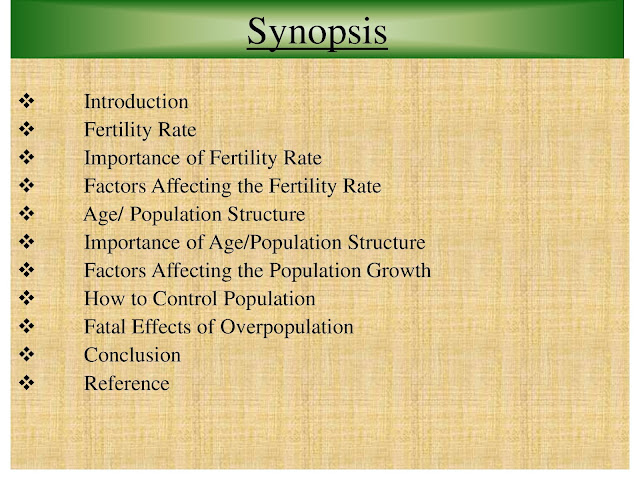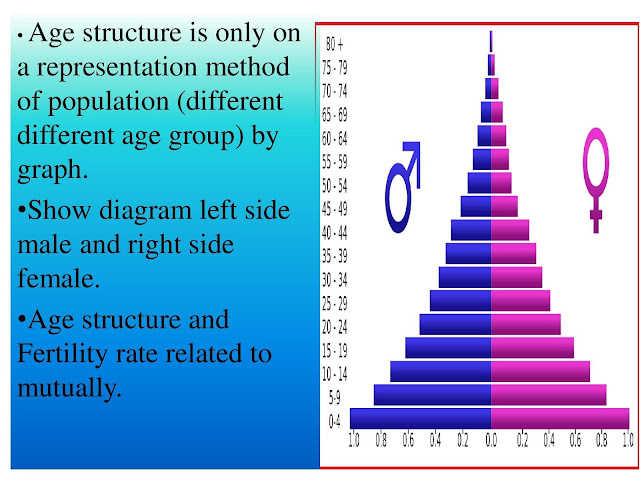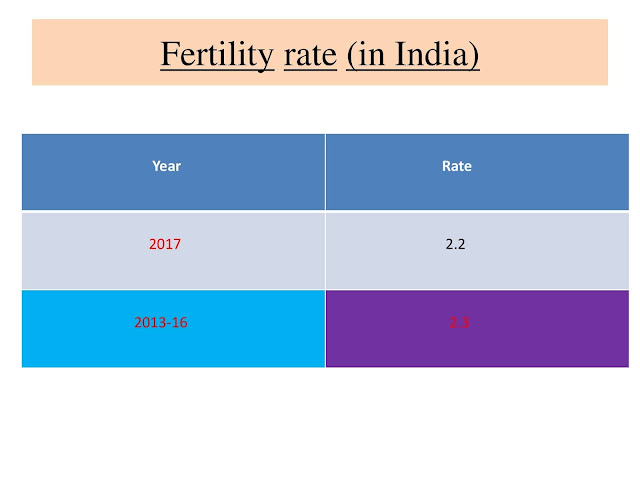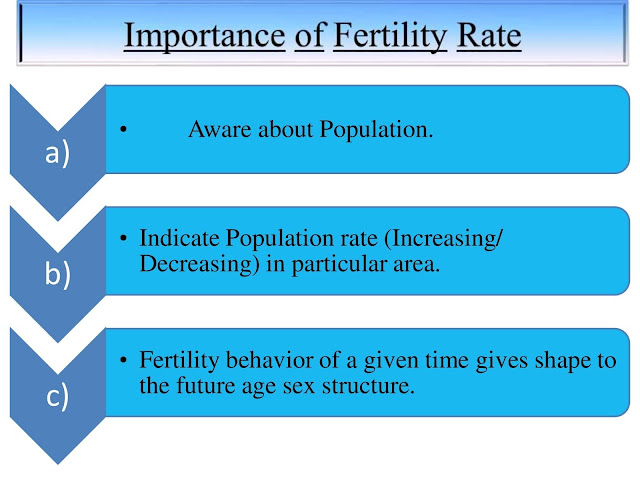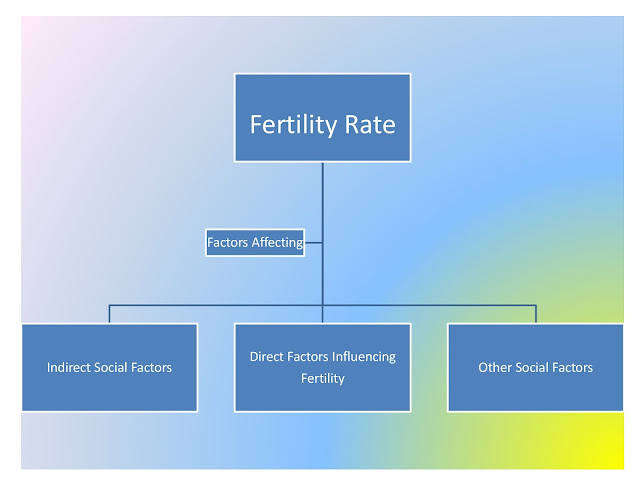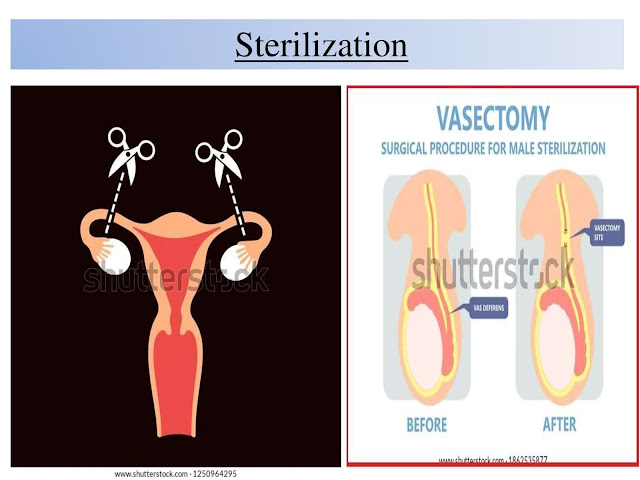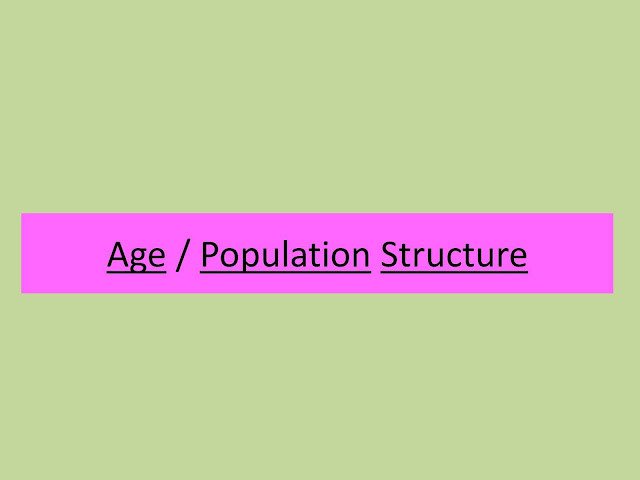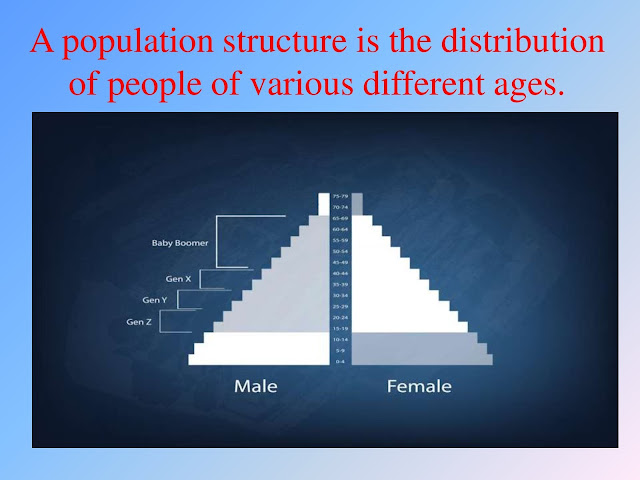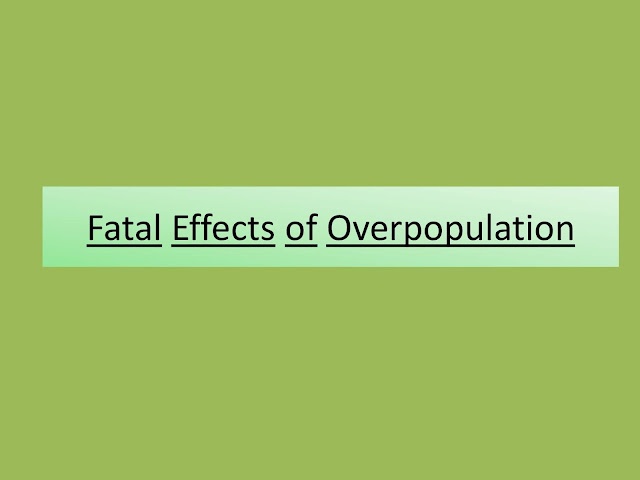How to Calculation of Correlation
(दोस्तों पिछले पोस्ट में हमने जाना था कि Correlation क्या है और इस पोस्ट में हम आपके लिए लेकर आये हैं। Correlation calculate करने का सबसे आसान तरीका। इस पोस्ट को पढ़ने के बाद आप किसी भी Question का Correlation आसानी से calculate कर पाएंगे।)
Q. Calculate of the Correlation and those Values are:
x = 5,10,5,11,12,4,3,2,7,1, and y = 1,6,2,8,5,1,4,6,5,2,
1.) Correlation :- " Biostatics में किसी दो Series या आंकड़ों का संबंधों में तुलनात्मक अध्ययन Correlation कहलाता है। इसे हमेशा r से प्रदर्शित किया जाता है। "
Related Post :- Difference Between Correlation and Correlation Cofficient
Related Post :- What is Correlation
2.) Table for Correlation :-
3.) How to Calculate the Correlation and Create Table :-
इस Correlation Table को create करने के लिए निम्न steps को follow करते हैं:-
A.) Entered the given Correlation value in the x and y coloumn :-
B.)Total counting/sum up of the x and y and note in below total coloumn :-
Ex.- x = 60 and y = 40
C.) Calculate the M Value :-
here M = symbol of sum up of x and y (means first value)
(M की वैल्यू निकालने के लिए बारी - बारी से Total Value of x and y को 10 से devide कर देंगे।
M= x/10 M= y/10
M= 60/60 M= 40/10
M= 6 M= 4
D.) Calculate the x and y value from given x and y in the table:-
(x की वैल्यू निकालने के लिए प्रत्येक row में x की value को उसके M के साथ घटाना होगा।)
Ex.- S.N.1 के x row के लिए
x= x - M
x= 5 - 6
x= -1
अब y की value निकालने के लिए भी यही sequence repeat होगा।
Ex.- S.N.1 के y row के लिए
y= y - M
y= 1 - 4
y= -3
(Note :- इसी method द्वारा अन्य पुरे x and y coloumn को भर लेंगे।)
E.) Calculate the x² and y² value :-
प्रत्येक row में x² and y² की value को कैलकुलेट करने के लिए x and y का वर्गमूल निकालते हैं।
Ex.- for x Ex.- for y
x² = x² y²=y²
x² = -1² y²= -3²
x² = 1 y²= 9
F.) Calculate the xy value:-
xy की value के लिए प्रत्येक row के x and y को multiply करेंगे।
Ex.- for row first
xy = x🗙y
xy= -1🗙-3
xy = 3
Ex.- for row second
xy = x🗙y
xy = +4🗙+2
xy = 8
G.) Sum up of x² and y² and xy in correlation table :-
Σx² = sum up of x²
Σy² = sum up of y²
Σxy = sum up of xy
Ex.- for x²
x² coloumn में प्रत्येक row की value को जोड़ेंगे।
1+16+1+25+36+4+9+16+1+25=134
Σx² = 134
(यही process y² and xy की value निकालने के लिए repeat करेंगे।)
H.) Calculate the correlation by using Formula :-
Correlation Formula :-
here r is correlation
Σy² = y series के अलग - अलग प्राप्तांकों का mean में विचलन के गुणनखंड का योग।
Σ = The Symbol for "Sum up"
Σxy = x and y series के अलग - अलग विचलन का योग होता है।
Σx² = x series के अलग - अलग प्राप्तांकों का mean में विचलन के गुणनखंड का योग।
फार्मूला में value रखने पर :-
( here r = Correlation )
(Note :- Correlation 1.73 के लिए Correlation Cofficient , Positive and Perfact होगा। )
Click this link for know Correlation Cofficient
Related Post :- Difference between Correlation and Correlation Cofficient
Related Post:- What is Correlation Cofficient












